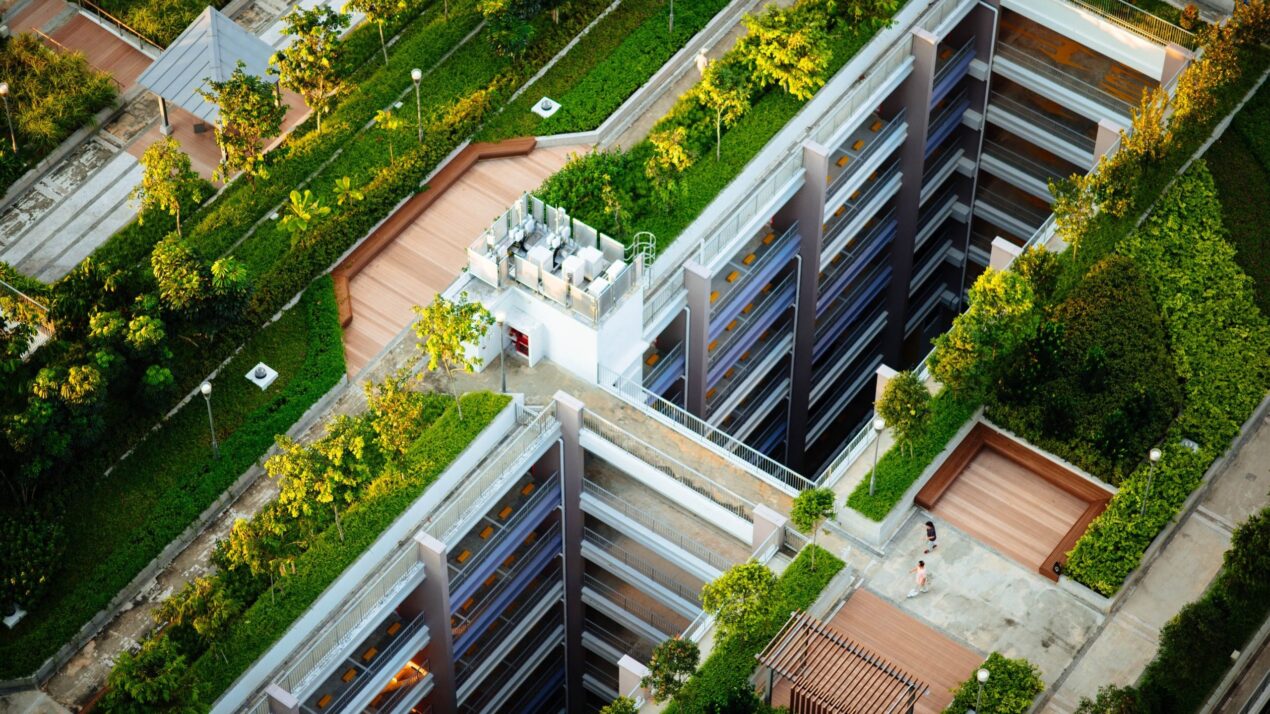
Energy efficient building codes
Lead by Example

Case Studies
Summary
Setting more energy efficient building energy codes can drive the implementation of cooling strategies. Mechanical cooling often makes up a large portion of total building energy use. Adoption of more energy efficient designs and technologies such as passive cooling and sensor systems to measure usage can reduce overall heat gain by reducing waste heat and minimize the building’s cooling load.
Implementation
Set energy performance requirements government-owned and leased buildings.
Considerations for Use
This intervention will have the greatest impact in geographies anticipating increasing or continued growth with new development. Governing authorities without sufficient capacity or authority to adopt regulations could consider voluntary requirements. Energy efficient building codes are particularly impactful in hot and humid climates where mechanical cooling makes up a significant portion of energy costs.
Overview
Climate:
Cold, Hot/Dry, Hot/Humid, TemperatePolicy Levers:
Lead by ExampleGovernments have ownership and jurisdiction over a range of assets (e.g. buildings and streets) and also serve as a direct employer, and contractor. This allows them to promote heat risk reduction and preparedness solutions and demonstrate their impact through leading by example with proactive interventions to make their assets, employment opportunities, and contracts heat-resilient.Trigger Points:
Evaluating or initiating major city infrastructure projectsIncludes projects such as city transit, street or utilities construction / re-construction etc.Planned new developmentIncludes Greenfield or brownfield development or new constructionSubstantial rehabilitationIncludes the re-development or major renovation projects.Intervention Types:
Buildings and Built FormSectors:
Buildings
Case Studies
Impact
Target Beneficiaries:
ResidentsPhase of Impact:
Risk reduction and mitigationMetrics:
Change in energy consumption, Energy savings, Number of complying buildings
Implementation
Intervention Scale:
BuildingAuthority and Governance:
City governmentImplementation Timeline:
Medium-term (3-9 Years)Implementation Stakeholders:
City governmentFunding Sources:
Public investmentCapacity to Act:
High, MediumBenefits
Cost-Benefit:
LowPublic Good:
N/AGHG Reduction:
MediumCo-benefits (Climate/Environmental):
Reduce greenhouse gas emissionsCo-benefits (Social/Economic):
Save on utilities
